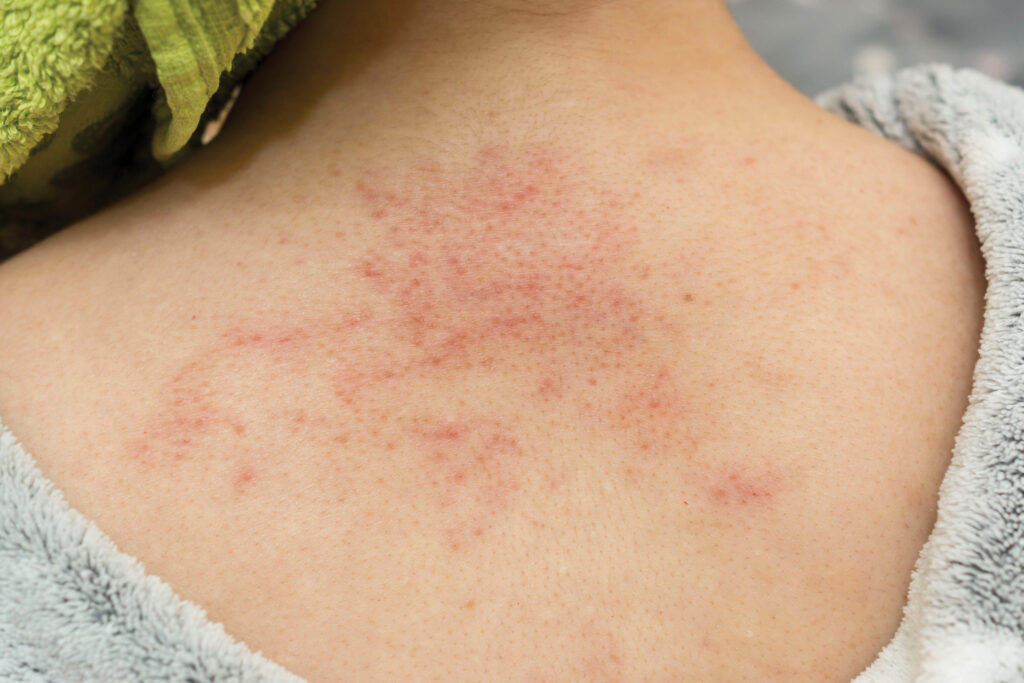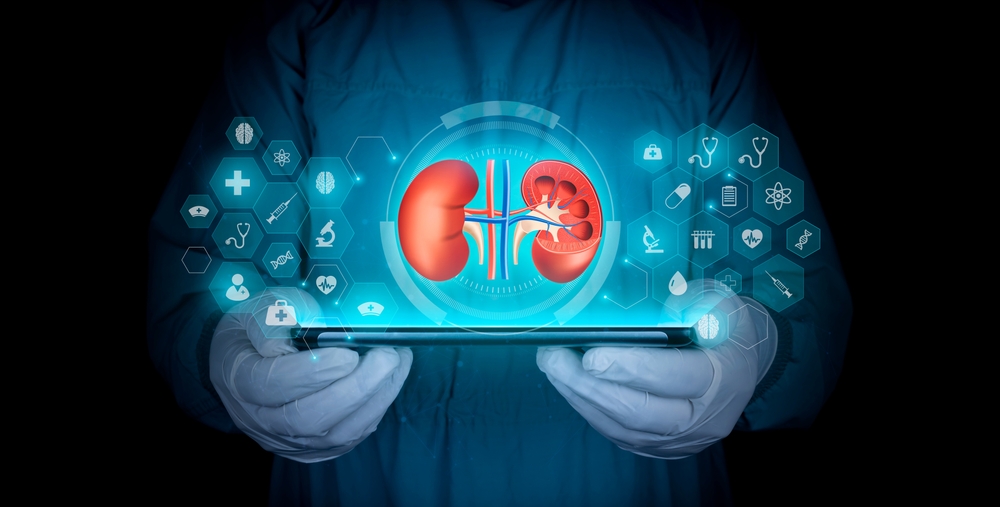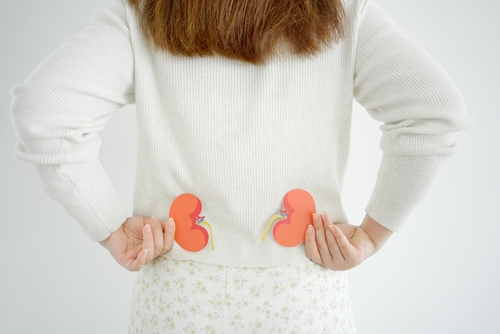Most people don’t think twice about their skin’s comfort until problems start. Persistent itching and unusual rashes can affect our daily lives. These symptoms might point to underlying health issues that need attention.
Kidney disease rash remains one of the toughest symptoms patients face during their health trip. Many people with kidney problems deal with this uncomfortable condition. Doctors often overlook it in their original discussions about kidney disease.
As I wrote in this piece, you’ll learn why kidney disease causes itchy skin, what it looks like, and the best ways to find relief. You’ll discover practical solutions and treatment options that help manage this tough symptom better.
Understanding Kidney Disease Rash
The kidneys play a vital role in filtering waste from our blood. At the time these organs don’t work right, toxins build up and show up on our skin. This makes kidney disease rash one of the easiest symptoms to spot.
Research shows that 50-100% of patients with end-stage renal disease develop skin changes. Here are the most common signs you might see:
- Dry, itchy skin (pruritus) – up to 90% of dialysis patients experience this
- Dome-shaped bumps – these very itchy elevations can create rough patches
- Color changes – skin tone shifts from pale to yellowish or brownish
- Calcium deposits – these appear under the skin from mineral imbalances
- Blisters – these show up mostly on hands, feet, and face
Kidney disease rash brings unique challenges because it behaves differently in each person. The skin changes often get worse at night and feel better with movement or temperature shifts. Some people feel mild irritation while others face severe discomfort that affects their sleep and daily life.
These skin changes might be early warning signs of kidney problems. Patients who develop unexplained skin issues, along with other symptoms, should get their kidney function checked. This could help catch potential problems early.
Daily Living with Kidney Disease Rash
Managing kidney disease rash needs a careful approach to daily care and comfort. A complete daily routine that takes care of both physical and emotional needs helps us handle this condition better.
Essential daily care serves as our first defense line. These key elements should become part of your daily routine:
- Apply fragrance-free moisturizers right after bathing
- Choose soft, breathable cotton clothing
- Take shorter, cooler showers instead of hot baths
- Use gentle, unscented laundry detergents
- Monitor calcium-phosphate intake carefully
Managing kidney disease itchy skin goes beyond treating symptoms. We need to adjust our lifestyle in ways that work best for us. Kidney rash requires careful attention to clothing choices. Loose-fitting, cotton garments help minimize skin irritation all day.
Note that you’re not alone in this experience. Many people find comfort by connecting with others who face similar challenges. Support groups and peer mentors offer spaces to share experiences and learn new ways to manage kidney failure symptoms skin manifestations. These connections offer both emotional support and practical tips to make daily life more comfortable.
Natural and Lifestyle Solutions
Natural solutions to control kidney health can make a real difference in managing kidney disease rash and other symptoms. We found that the right lifestyle changes can help slow down kidney disease progression and improve our skin’s condition.
Here are the most important lifestyle modifications we recommend:
- Mindful Eating: We focus on kidney-friendly foods like blueberries, cauliflower, and lean proteins while limiting sodium to 2,300mg daily
- Regular Movement: We want to achieve 30 minutes of activity most days by choosing low-impact exercises like walking or swimming
- Stress Management: We practice relaxation techniques through deep breathing and meditation
- Hydrating Facials: We recommend getting regular medspa facials for the face and the body to increase moisture content
- Quality Sleep: We maintain consistent sleep schedules to support our body’s natural healing
Exercise works best if you start slowly and build up gradually. Simple activities like taking stairs instead of elevators can improve your kidney health and skin condition naturally.
We are extra careful about herbal supplements because some can harm our kidneys. Our focus stays on natural foods that support kidney function. Garlic and onions serve as excellent salt alternatives in our cooking, and olive oil provides beneficial anti-inflammatory properties.
Managing stress is a vital part of our kidney care routine. Mindfulness practices and regular physical activity have helped us improve our mental well-being and kidney disease symptoms, including our skin condition.
Conclusion
Kidney disease rash creates unique challenges, but proper understanding and management can substantially improve quality of life. The condition requires a comprehensive approach that combines medical care, daily skin maintenance, and lifestyle changes.
Your life with kidney disease doesn’t have to revolve around skin discomfort. The right moisturizers, appropriate clothing, and proper nutrition can make a remarkable difference in symptom management. We have found that these practical steps work even better when combined with stress management and regular exercise to build a strong foundation for kidney and skin health.
Each person’s experience with kidney disease rash is different, and it takes time to find the right combination of treatments. A patient and persistent approach will help you develop a management strategy that fits your unique situation. Your symptoms become more manageable with consistent care and attention to your body’s needs, leading to a more comfortable daily life.




